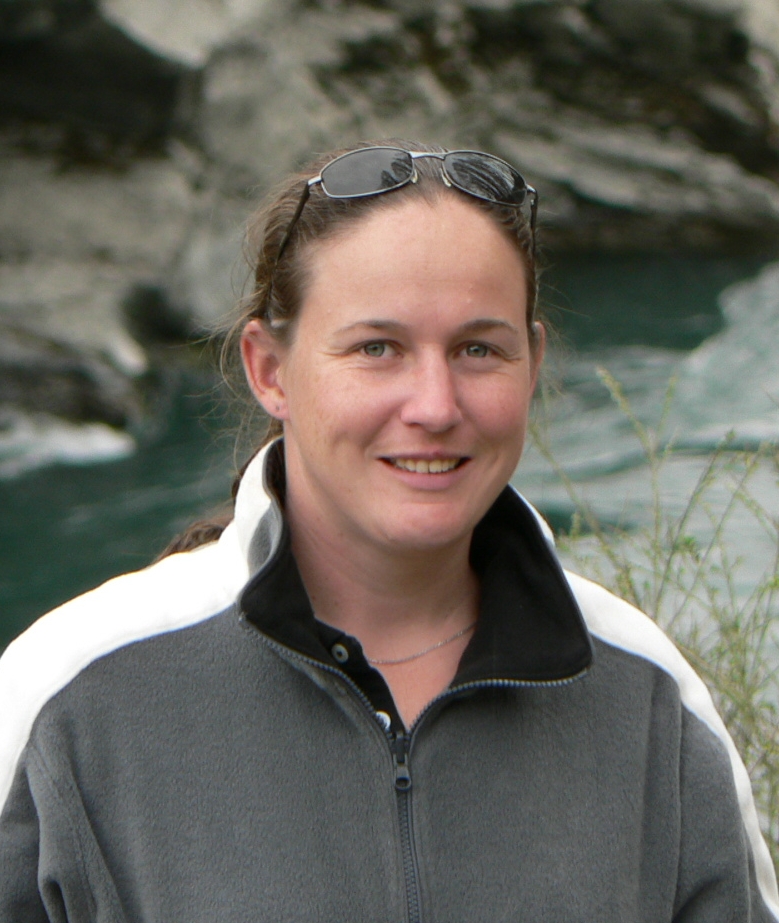Three Minute Thesis competition - ‘Who’s killing our sea turtles?’
Date:
Sea turtles are an iconic and much loved species. Unfortunately, numerous factors threaten their already endangered populations. Environmental groups tell us to avoid using plastic shopping bags when we go to Woollies. We hear regularly about turtles and other marine wildlife being caught in shark nets or fishing nets. The government enforces speed limits for boats in parts of Moreton Bay to try and reduce the chance of collisions and subsequent turtle deaths. All of these have an important impact on turtle populations, but the one you don’t hear about is the one that potentially kills more turtles than any of those threats. The silent killer of marine turtles is something small and insidious – the spirorchiid blood fluke. These little parasites infect the cardiovascular systems of sea turtles and disseminate to just about every organ system – they clog arteries, cause huge inflammatory reactions and also result in significant neurological impacts when they infect the brain. For those of you familiar with schistosomiasis in humans, these are the turtle equivalent. A recent published survey of the causes of mortality of sea turtles in Moreton Bay determined that 42% of deaths were directly attributable to spirorchiid infection. The overall infection rate has been estimated between 75 and 98%. So, for something so significant, how much do we know about these flukes? The answer is – surprisingly little. There has never been any dedicated survey of these parasites in Australia. We don’t know their life cycles, and we don’t know which species are responsible for the significant pathology we regularly see. We can’t even reliably diagnose an infection in a live turtle – we have to wait until the turtle dies and cut it open. My project aims to address some of these problems. First of all, I’ve been doing necropsies to collect adult flukes, which I’ve identified using both morphological and molecular means to compile a catalogue of species present in Queensland. The genetic data is now being used to identify which species are present in tissues showing significant pathology. Quite often it’s the eggs that cause the worst pathology, and these are impossible to identify down to species level using morphology alone. This molecular approach is enabling us to develop a better understanding of which species are causing turtles the most problems, and allows us to focus the development of future diagnostic tests on the most important targets. Which brings me to the final stage of my project – the development of said diagnostics. I am about to embark on designing a realtime PCR that can test blood from live turtles for spirorchiid infection. This test is going to be useful in many ways – it will help in epidemiological studies, in monitoring, and in the development of treatment and rehabilitation regimes. In this way, my research can make a considerable contribution to the health of sea turtles within Moreton Bay, but also potentially worldwide.
